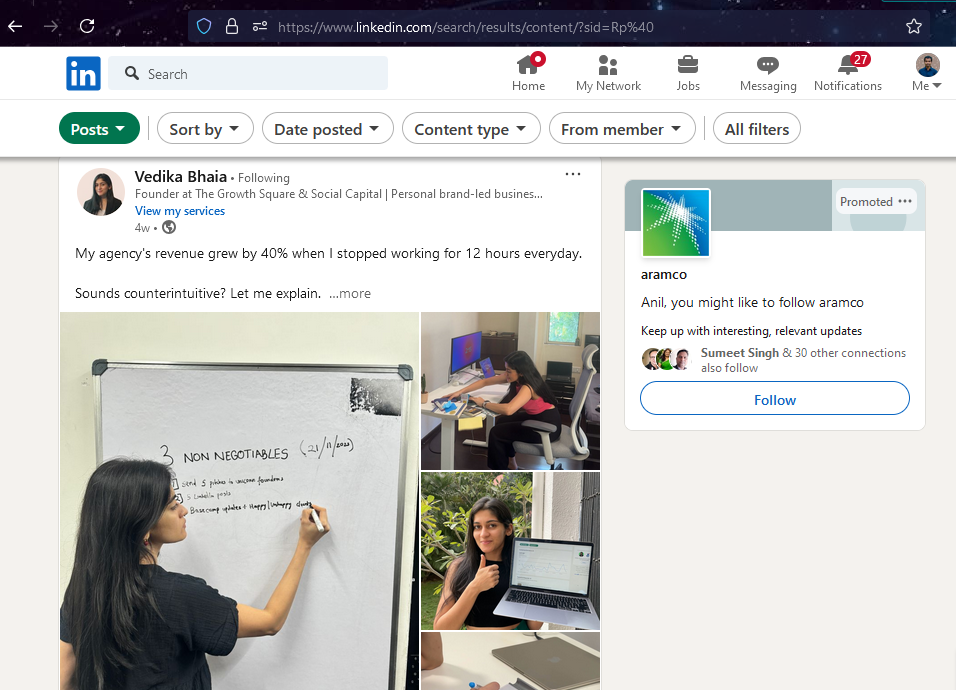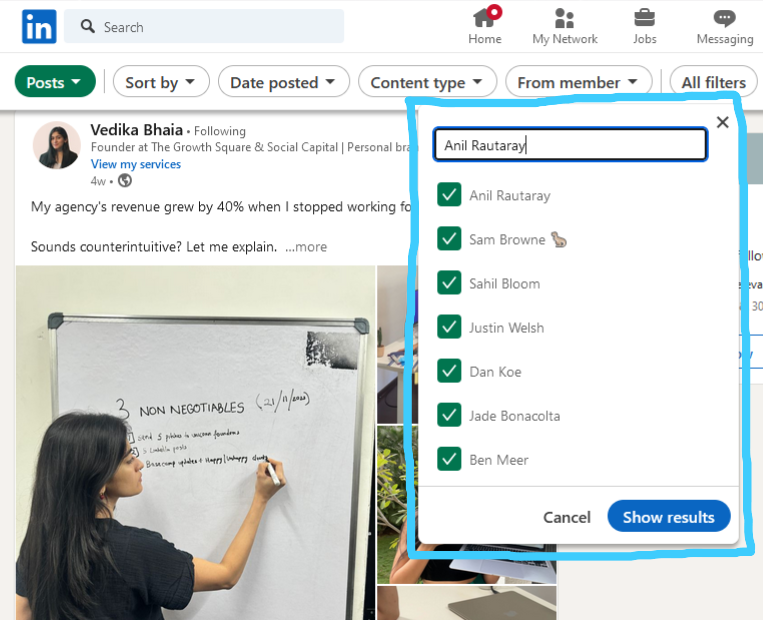In 1916, Clarence Saunders revolutionized retail with the world’s first self-service grocery store, Piggly Wiggly. Before this, customers handed shopping lists to clerks who retrieved items from shelves. Saunders noticed the inefficiencies: long waits, mistakes, and wasted effort. His innovation? Let customers pick their own items, saving time and reducing errors. The concept was so successful that it became the model for modern supermarkets.
Creating your first offer follows a similar principle. You identify a problem, design a solution, and present it in a way that resonates with people. Whether you’re launching a business, service, or product, this guide will walk you through the process step by step.
Step 1: Understand the Problem
The best offers solve specific problems.
Saunders saw grocery shopping as inconvenient and slow. He uncovered pain points like inefficiency, higher costs, and long lines.
Your Action Step:
- Write down three problems your audience faces.
- Dig deeper: Why do these problems exist? What emotions do they evoke? Frustration, overwhelm, confusion?
- Use simple, clear language. Avoid jargon.
Example:
Audience: Small business owners
Problem: Managing customer inquiries is overwhelming and time-consuming.
Insights: Business owners feel frustrated by scattered communication channels and delayed responses.
Step 2: Define the Transformation
Your offer isn’t just a product or service. It’s a bridge from frustration to relief. This transformation is what people buy.
For Piggly Wiggly, the transformation was clear: customers went from waiting in line to browsing freely.
The result? Faster, easier shopping.
Your Action Step:
Complete this sentence:
“After using my offer, my customers will go from [problem] to [solution].”
Example:
- Before: Business owners struggle to manage customer inquiries.
- After: They efficiently handle all communications in one place, saving hours each week.
Step 3: Craft a Simple Solution
Keep it straightforward. A good offer effectively solves one core problem.
When Saunders opened Piggly Wiggly, he didn’t try to solve every retail challenge. He focused on making grocery shopping self-service.
Your Action Step:
Design your solution:
- Ask: What is the simplest way to address the problem?
- Choose a format: Is it a physical product, a digital tool, a service, or a combination?
- Focus on one thing: Avoid overwhelming customers with too many features.
Example:
Solution: A SaaS tool that centralizes customer inquiries into a single dashboard.. Format: A cloud-based software platform with a mobile app.
Step 4: Craft Your Offer
Your offer includes the main product or service plus any extras that add value.
For example, Piggly Wiggly provided not only a self-service model but also spacious walkways and detailed signage to enhance the shopping experience.
Your Action Step:
- Core Offer: What is the primary solution?
- Extras: What additional benefits can you include? Think templates, bonuses, or community access.
- Presentation: How will you deliver it? Clearly explain how it works.
Example:
- Core Offer: A SaaS dashboard for customer communication.
- Extras: Onboarding tutorials, integration with popular messaging apps, and a guide to optimize response times.
- Delivery: Access via a secure login on the web and mobile apps.
Step 5: Test Your MVO
Start with a Minimum Viable Offer (MVO), a simplified version of your product that allows you to gather feedback and refine it before scaling.
Your Action Step:
- Share your offer with a small group (friends, colleagues, or beta testers).
- Collect feedback on usability, clarity, and value.
- Refine based on what you learn.
Example:
Offer your SaaS tool to 10 small business owners. Ask:
- Was the dashboard intuitive?
- Did it reduce the time spent managing inquiries?
- What would they improve?
Step 6: Price Your Offer Confidently
Price reflects value. Many first-time creators undervalue their work, fearing rejection. But if your offer solves a real problem, it deserves a fair price.
Pricing Tips:
- Anchor to results: What is the transformation worth to your customer? A stress-free dinner might save hours each week.
- Start simple: Choose a round number that’s easy to understand (e.g., $29, $49).
- Test and adjust: Launch with a price and refine based on feedback.
Example:
SaaS Tool Price: $49 per month.
Position it as: “Less than $2 a day to streamline customer communication and reclaim your time.”
Step 7: Market Your Offer
Your offer needs visibility. Even the best ideas fail without effective marketing. Saunders used signage and word of mouth to attract customers to Piggly Wiggly.
Your Action Step:
- Craft Your Message:
- Headline: Address the problem.
- Subheadline: Highlight the transformation.
- Call-to-Action: Tell them exactly what to do next.
- Example:
- Headline: “Simplify Your Customer Communication Today!”
- Subheadline: “Centralized messaging for faster responses and happier clients.”
- CTA: “Try it free for 14 days!”
- Share on Relevant Platforms:
- Social media (LinkedIn, Instagram, Facebook).
- Newsletters.
- Collaborations with influencers in your niche.
- Use Testimonials: Highlight feedback from beta testers to build trust.
Real-Life Example: Meal Plan Business
Let’s bring it all together with an example:
- Problem: Small business owners struggle to manage customer inquiries.
- Transformation: Go from overwhelmed to organized with a streamlined communication platform.
- Solution: A SaaS tool that centralizes customer messages into a single dashboard.
- Offer Package: Core product, onboarding guides, integrations, and a response time optimization checklist.
- Price: $49/month.
- Marketing Message:
- “Say goodbye to scattered messages and delayed replies.”
- “Get started today with a 14-day free trial.”
Your first offer doesn’t need to be perfect. Focus on solving a real problem with a simple, clear solution. Start small, test early, and refine as you grow.
Think about Clarence Saunders. His first Piggly Wiggly store redefined retail, but it began as a simple idea to save customers time. Your offer could be the start of something just as impactful.







